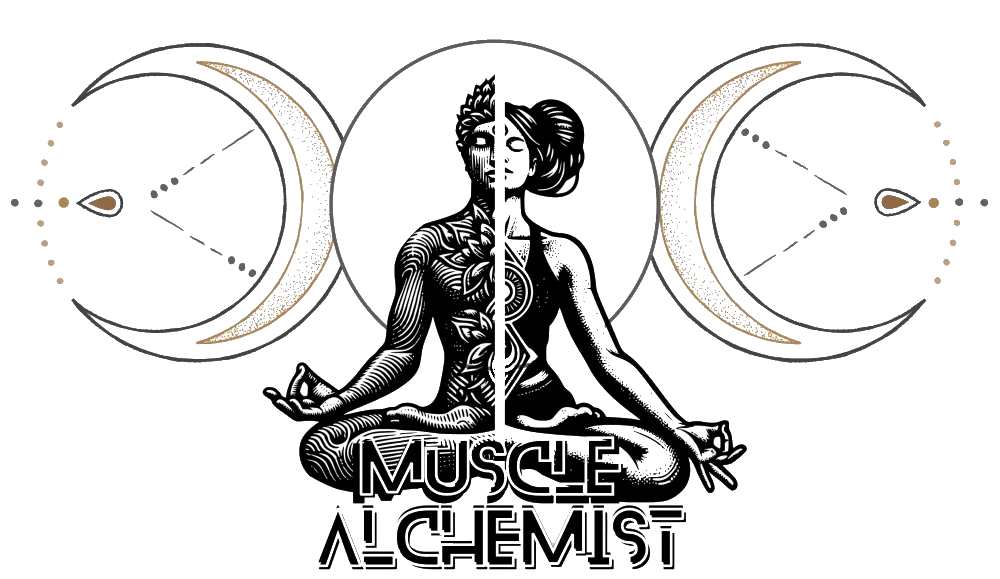Cardio is often one of the first things people think of when it comes to getting fit. Running, swimming, cycling, and even brisk walking fall under cardiovascular exercise. But why is cardio so important? The answer lies in how it supports nearly every system in your body.
Cardio, short for cardiovascular exercise, is any activity that raises your heart rate and keeps it elevated for a sustained period. It helps your heart, lungs, and muscles work more efficiently. Let’s explore how regular cardio sessions can benefit your overall health and fitness.
Why Cardio Matters
1. Improves Heart Health
Your heart is a muscle, and like any muscle, it gets stronger with exercise. Cardio helps your heart pump blood more efficiently. Over time, it lowers your resting heart rate and blood pressure. This reduces the risk of heart disease and other cardiovascular conditions.
2. Burns Calories and Supports Fat Loss
Cardio is one of the most effective ways to burn calories. Whether you’re trying to lose fat or maintain a healthy weight, adding aerobic exercise to your routine can speed up the process. Activities like jogging, swimming, and cycling increase calorie expenditure significantly.
3. Enhances Lung Capacity
Cardio also improves the efficiency of your lungs. As you perform aerobic exercise, your body becomes better at delivering oxygen to your muscles. This increased capacity allows you to work out harder and longer without getting winded.
4. Boosts Mental Health
Exercise has been shown to release endorphins—chemicals in the brain that promote feelings of happiness. Cardio, in particular, has been linked to reduced symptoms of anxiety and depression. A brisk walk or light jog can act as a natural mood booster.
5. Improves Sleep Quality
People who exercise regularly tend to fall asleep faster and experience deeper sleep. Cardio helps regulate your body’s internal clock and can reduce insomnia when performed consistently.
Different Types of Cardio
There’s no one-size-fits-all approach to cardio. Here are some of the most popular and effective forms:
- Low-Intensity Steady State (LISS): Activities like walking or light cycling at a steady pace. LISS is great for beginners and those recovering from injury.
- High-Intensity Interval Training (HIIT): This involves short bursts of intense exercise followed by brief rest periods. HIIT burns a lot of calories in a short time and improves both aerobic and anaerobic fitness.
A training method alternating between intense bursts of activity and fixed periods of less-intense activity or rest.
- Moderate-Intensity Cardio: Jogging, dancing, or swimming at a steady but moderate pace. It’s effective for improving heart health and endurance.
How to Include Cardio in Your Routine
You don’t have to spend hours on a treadmill to get the benefits. Here’s how to make cardio a regular part of your life:
- Start small: Begin with 15–20 minutes of walking or cycling. Increase the duration as your fitness improves.
- Be consistent: Aim for at least 150 minutes of moderate-intensity cardio or 75 minutes of vigorous-intensity cardio each week, as recommended by health guidelines.
- Mix it up: Try different forms of cardio to keep things interesting. Swimming, hiking, rowing, or even playing sports can keep your routine exciting.
- Warm up and cool down: Always begin with light movement and end with gentle stretching to avoid injury and improve recovery.
Conclusion
Cardiovascular exercise is essential for more than just burning fat. It strengthens your heart, boosts your mood, improves lung capacity, and supports long-term health. Regardless of your fitness level, adding cardio to your routine is a smart and sustainable way to improve your life.
You don’t have to run marathons. A simple daily walk, a swim, or a dance session can make a real difference. Choose something you enjoy, stay consistent, and your body will thank you.

